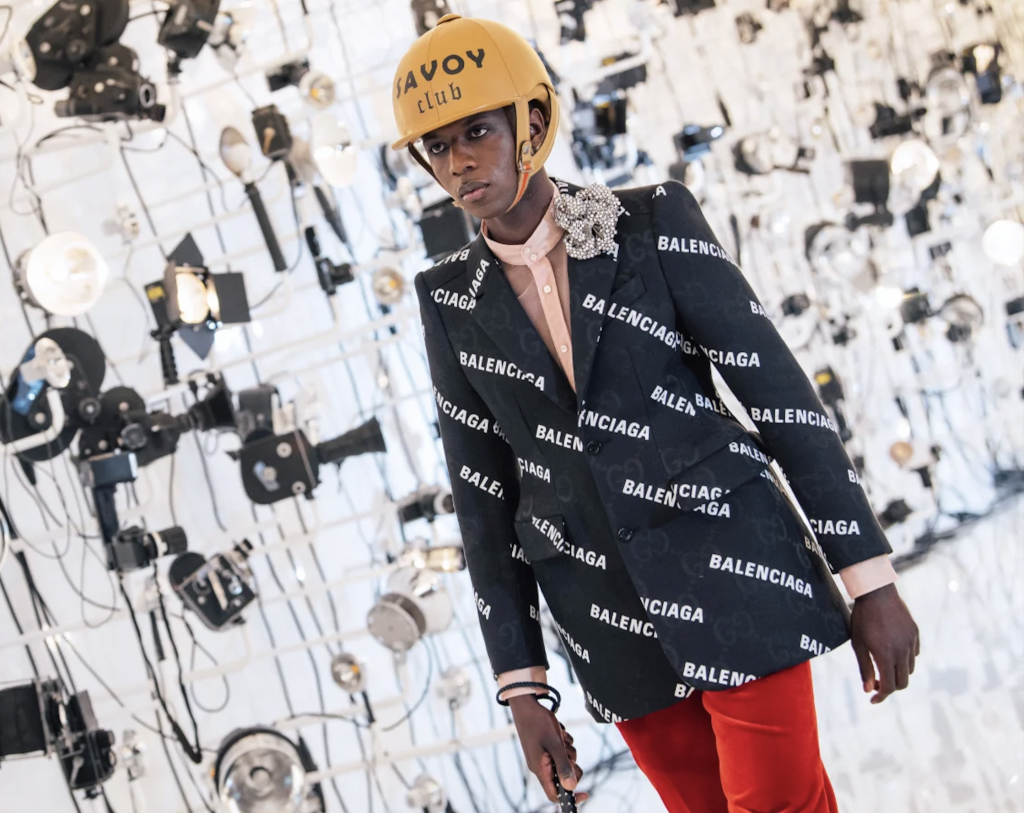On Thursday, Gucci and Balenciaga teamed up for a collaborative collection, in which Alessandro Michele and Demna Gvsalia, the two brands’ respective creative directors, have taken their individual house staples, silhouettes, and branding, and mashed them up for a social media-dominating offering. The collection, itself – or better yet, the dynamics behind it – are interesting given that high fashion houses generally are not prone to collaborating with one another in the same way that other market participants are not in the business of rolling out partnerships with rivals. Having said that, the shared ownership of Gucci and Balenciaga by Paris-based conglomerate Kering made for something of a seamless pairing – albeit, still a rather rare one.
What is potentially even more striking that the coming together of two of the biggest names in fashion for the Gucci “Aria” collection, which was unveiled in short films published online, is the literal pairing of their logos and other trademark-protected assets, as could be found on no shortage of garments and accessories – from a Gucci monogram-covered Balenciaga Hourglass bag, complete with the staple Balenciaga “B” to oversized outerwear that consisted of a base layer of Gucci’s interlocking “G” and an overlay of repeating “Balenciaga” wordmarks. In mashing up their famous iconography, Gucci and Balenciaga are the latest example of a larger pattern of industry-wide co-branding. And with their combined star power, they may have even taken the cake in doing so.
While the two Kering-owned companies did not go back to the drawing board to create new(ish) branding for the collaboration – err … “hacking” as Gucci has called it – in the way that the Gap and Yeezy did, for instance, they were clearly willing to tweak these existing elements by melding them together and slapping them on some high-margin products – something that many luxury brands have been hesitant to do to date. Such an unwillingness to alter their source-identifying assets is due, in part, to the fact that in the luxury sphere, companies spend decades – even centuries, in some cases – and vast sums of money to carefully craft themselves into brands that can demand thousands of dollars per handbag, and have consumers readily pay up because the brands, themselves, are so intrinsically synonymous with “luxury” and other reputation-specific elements that are communicated by way of their branding.
*This is an excerpt from an article published exclusively for TFL subscribers. Join today to gain access to all of our content.













